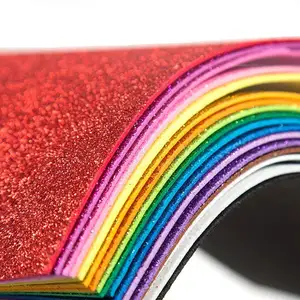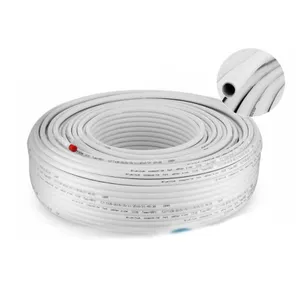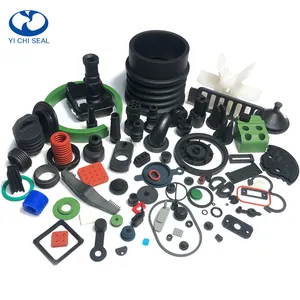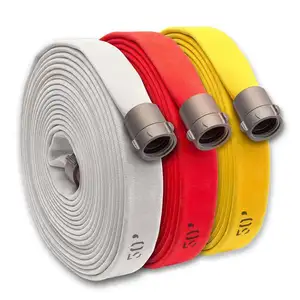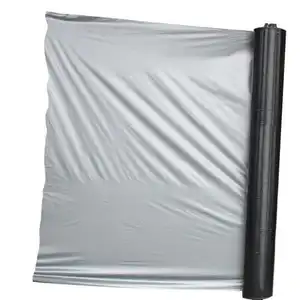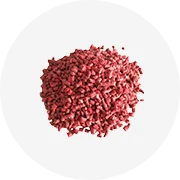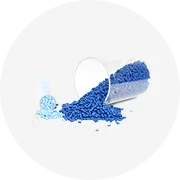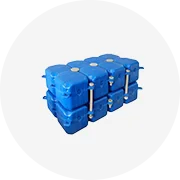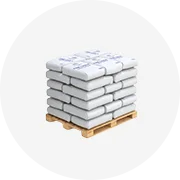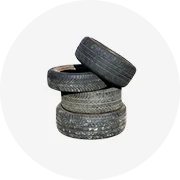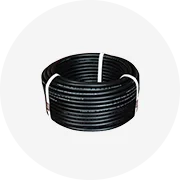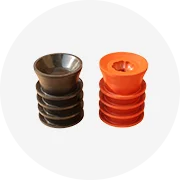Popular in your industry







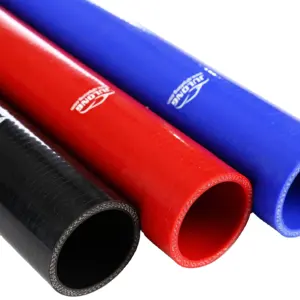






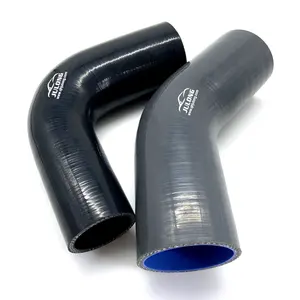












































































































































































Top categories
About thin rubber hose
The phrase thin rubber hose typically refers to a pliable conduit made from assorted rubber compounds, engineered to convey fluids or gases between locations. These hoses play a pivotal role across a multitude of sectors, including industrial, commercial, and healthcare, prized for their pliancy, resilience, and capacity to endure varying pressures and temperatures.
Types and Characteristics of Thin Rubber Hoses
A plethora of thin rubber tubing varieties exist, each tailored with distinct features to suit particular requirements. For example, thin wall rubber tubing is favored in situations demanding small bend radii without collapsing. Conversely, thin flexible rubber tubing is preferred when navigating through intricate spaces is necessary. Notably, thin wall silicone rubber tubing is esteemed in high-temperature settings for its superior thermal resistance. Each variant is crafted with specific uses in mind, enabling firms to pinpoint a hose that aligns with their exact needs.
Structure and Operation of Thin Rubber Hoses
A thin rubber hose boasts an ingeniously crafted structure that harmonizes suppleness with sturdiness. Its innermost layer, often composed of food grade silicone or medical grade silicone, is engineered to be slick to reduce drag. Encasing this is a reinforcement layer of materials like stainless steel or synthetic fibers, which bolsters the hose and safeguards against collapse or rupture under stress. The exterior layer is fashioned to fend off harm from chemicals, abrasions, and ultraviolet radiation. This composite construction ensures the hose's effective operation, safely transporting substances even in rigorous conditions.
Materials and Properties
The selection of materials for thin rubber tubing hinges on their inherent properties to boost performance. Synthetic rubber is lauded for its exceptional resistance to oils and chemicals, while natural latex is unparalleled in elasticity and pliability. Food grade silicone is inert and flavorless, ideal for culinary uses, and medical grade silicone is biocompatible and sterilizable, crucial for healthcare applications. These substances are chosen not merely for their functional advantages but also for their enduring dependability.
Business Usages and Applications
Within the commercial sphere, the applications for thin rubber pipe are extensive and diverse. The automotive industry employs them in fuel systems and cooling mechanisms. In the pharmaceutical domain, thin wall silicone rubber tubing is indispensable for the conveyance of delicate fluids. The food and beverage sector depends on these hoses for the hygienic transfer of consumables. Each use capitalizes on the hose's proficiency in preserving content purity while withstanding the operational milieu, thereby generating substantial business value and promoting safety and efficiency.
Functions and Tasks
The fundamental role of a thin rubber hose is to guarantee a secure and regulated material flow. They are adept at managing various tasks, ranging from water delivery in irrigation systems to gas transport in laboratory environments. The hoses are suitable for both suction and discharge roles, and their adaptability enables integration into systems with spatial constraints or intricate designs.
Features and Unique Selling Points
Key attributes of thin rubber tubing encompass its resistance to kinking, its structural integrity under vacuum or pressure conditions, and its compatibility with a broad spectrum of fittings. These hoses may be transparent to allow visual monitoring of flow or opaque to shield light-sensitive materials. The thin wall rubber hose is distinguished by its lightweight yet robust construction, offering an advantage over heavier, less malleable alternatives.
Benefits and Positive Outcomes
Employing a thin rubber hose yields numerous advantages, such as heightened safety due to its impermeable nature and a diminished risk of contamination thanks to the inert qualities of materials like silicone. The simplicity of installation and upkeep also leads to economic benefits, while the hoses' longevity results in fewer replacements and less operational interruption.
How to Use and Maintain Thin Rubber Hoses
Proper usage of a thin rubber pipe entails correct installation, which involves trimming the hose to the desired length and securely fastening fittings. Maintenance calls for routine checks for wear and cleansing with suitable agents. Adequate storage is also vital to avert damage when the hose is not in service.
Choosing the Right Thin Rubber Hose
Identifying the appropriate thin wall rubber tubing requires an understanding of the application's specific demands, such as the nature of the material conveyed and the environmental conditions. Engaging with suppliers on Alibaba.com can yield insights into the optimal choices available.
Cleaning and Installation Guidelines
Cleaning thin rubber tubing typically involves a flush with an appropriate cleaning solution, while installation might necessitate tools for cutting and affixing the hose to fittings. Adhering to the manufacturer's instructions is crucial for the hose's longevity.
Target Audience and Meeting Needs
The intended market for thin rubber hoses spans sectors like automotive, healthcare, food processing, and pharmaceuticals. Each industry has distinct stipulations that these hoses fulfill, such as thermal endurance for automotive uses or sterility for medical applications.
How does material choice impact the functionality of a thin rubber hose?
The choice of material for a thin rubber hose significantly influences its function. Hoses crafted from 100% silicone are often selected for their ability to withstand high temperatures and inertness, making them suitable for medical and food-related uses. Alternatively, synthetic rubber or Nr (Natural Rubber) might be favored for their pliability and cost-efficiency in less stringent settings.
What are the considerations for installing a thin rubber hose in a system?
Key considerations when fitting a thin rubber pipe include compatibility with the connectors and fittings, avoiding acute bends that could lead to kinking, and positioning the hose away from areas of high activity to prevent damage. It is also imperative to adhere to the manufacturer's specifications for maximum pressure and temperature to prevent hose failure.
How can businesses ensure they are selecting the right thin rubber tubing for their specific needs?
Companies must evaluate the operational environment, taking into account factors such as temperature, pressure, chemical exposure, and requisite flexibility, to guarantee the selection of suitable thin wall rubber tubing. Dialogue with manufacturers and suppliers on Alibaba.com can offer valuable perspectives on the most fitting materials and designs for particular applications. Moreover, considering the processing services like cutting and moulding provided by suppliers can further customize the product to the company's requirements.
